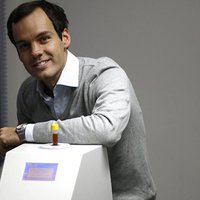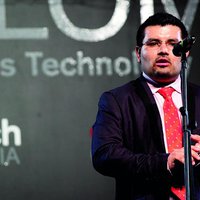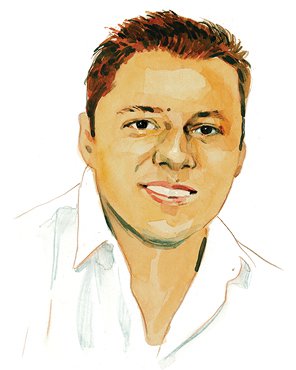Biotechnology & medicine
Juan Sebastián Osorio
Monitors specially designed for premature infants help detect breathing problems <br>

Latin America
Juan Sebastián Osorio Valencia
Personalized medical devices for an specialized medical care

Europe
Héctor Perea
Creating implants with the patient's own cells

Latin America
Álvaro Rojas-Peña
He has developed an extracorporeal organs conservation system for transplants that keeps organs alive during 36 hours

Latin America
Damar Lizbeth López Arredondo
Genetically modified crops to optimize the use of fertilizers
